Simple Ways to Reduce the Costs of RVing Full-Time
Whether you are already living your full-time RV dream or in an early planning phase, it’s a good idea to review your budget. I always take the expenses into consideration when making decisions. And I’m here now to tell you there are ways to help reduce the costs of RVing full-time.
And you should be! Cost is a major factor in determining if you can make this happen. It continues to be a factor as you start your road tripping journey.
We want to use our experience after many months on the road to help. We can share any advantages we learned about how to understand and control your expenses. There is always hope to make improvements. Stick with me and we will get some of those hard-earned dollars back into your pocket to fuel your dreams.
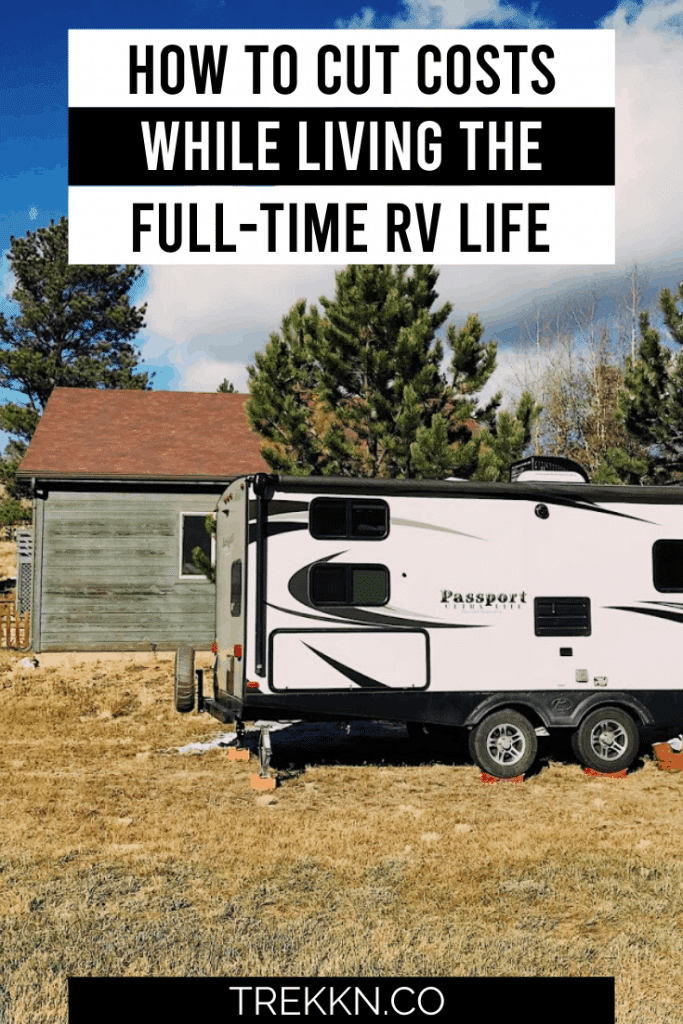
How to Cut Costs While RVing Full-Time
In case it isn’t completely obvious, fuel and accommodation expenses are typically the highest portion of costs incurred in RV life. I am referring to RV parks and campground fees. At least if you are anything like us.
So let’s start with the big dogs and work our way down from there.
Cost-Cutting Tip #1: Find the Right RV Park and Campground Memberships
After moving out of our home and into the travel trailer, I purchased a membership to KOA. I splurged on that membership because it was our first stop. I was lured by the benefits. We were also planning to stay at the local KOA campground for a full week. And I knew there were KOA locations across the country. But, we never stayed at another KOA.
In hindsight, that wasn’t the absolute best choice. Live and learn. In fact, I did learn and I’ve made some better choices for campground memberships since that time.
My recommendation is to look into Thousand Trails. I might even suggest an RV owner would be crazy not to seriously consider a membership. It’s a great way to cut costs for overnight stays.
Related Reading: Campground Memberships You Will Use
We stuck with the “lightweight” Zone Camping Pass for our entire 17 months, but if I had to do it over again I can guarantee you I would pay the money and purchase an upgraded membership through Campground Membership Outlet. (These are the leaders in the membership resale space with 30+ years of reputation to back them up.)
When we considered upgrading our Thousand Trails membership I took a hard look at my overall costs for RV parks and campgrounds. I compared the accommodation costs for staying at RV Parks outside of the Thousand Trails network to the membership costs.
The analysis was both enlightening and disappointing. For the amount of money I spent on RV Parks and Campgrounds during our first year of RV travel, I could have purchased THREE upgraded Thousand Trails memberships. Yeah, ouch.
Now I know. And so do you!
Learn from my mistakes (and pain)
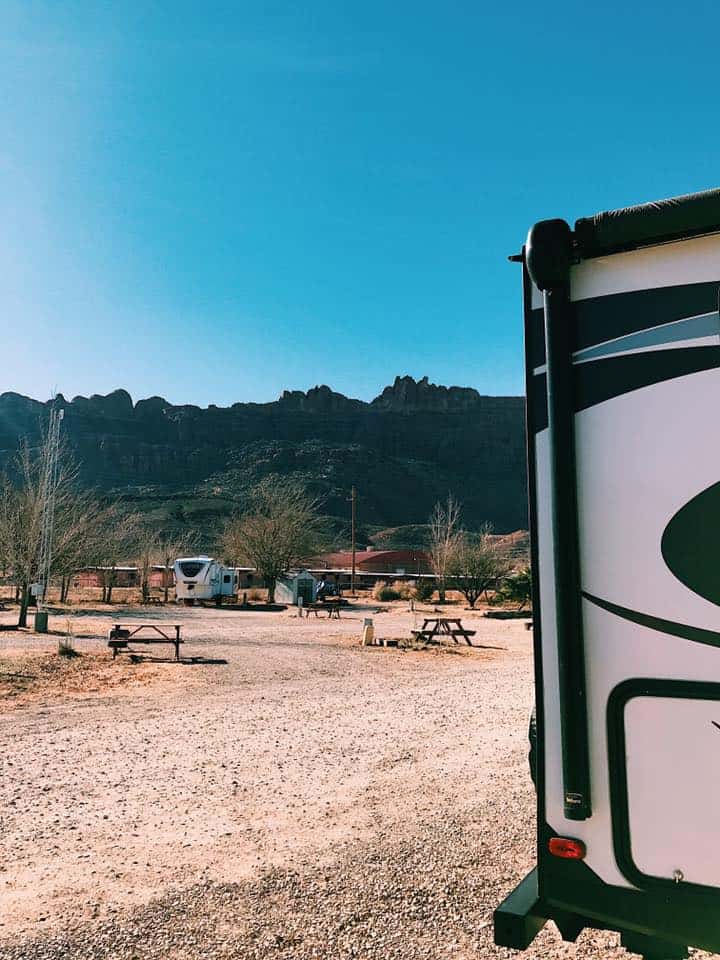
Realistically I would not have saved all of that money by upgrading because we many of our destinations did not have a Thousand Trails location. But, having the option to stay 14 days in at a Thousand Trails location then go straight to another location without 7 days out of the system that is required with the Zone Camping Pass, would have still saved me THOUSANDS. That is for sure.
Get yourself fully educated on all things Thousand Trails. I strongly recommend this post by RV Love to understand the intricacies of the upgrade options available to you. Your bank account will want to send me a thank you note later.
Cost-Cutting Tip #2: Take Advantage of All Fuel Savings Opportunities
When we first started traveling, I probably drove my family nuts by always having a comment about how much it cost to fill up the tank on our RAM 2500. (Sorry family.)
But you have to understand, this was the first truck I ever owned! I had never driven anything that had a tank capacity greater than 18 gallons. Or a vehicle with gas mileage under 17 miles per gallon (that minivan drove like a tank).
I took a huge leap when I bought a 3/4 ton truck. It had a 31 gallon tank and 5.7L Hemi engine. Fuel efficiency was not it’s strong suit. That truck gets 8 or 9 miles per gallon while towing our travel trailer. Needless to say, stopping at the fuel pump felt like getting a swift kick in the…shins. It took me a while to adjust and (mostly) accept this necessary expense.
One thing that eased the pain a little was using the fuel discount at Pilot and Flying J stations. That was a benefit we received as a member of the Good Sam Club. No, the 5-cent per gallon discount is not life-changing.
But, it still made my heart flutter every time I spotted one of those stations. I could swipe my membership card at the pump and smile. It’s the little things in life.
What I DIDN’T do that you should consider
That small fuel discount was a simple step toward saving money. I literally just stumbled upon it because it was an extra benefit of registering for a Good Sam Club membership.
But, why stop there? There are ways to double down on savings game. Yes, I am talking about a fuel credit card (gasp!).
I know, I know. I can hear you yelling at your screen that those little plastic critters are dangerous. They’re vile and should never be trusted. But, as it is with many things in life, it depends on how you use it.
As a full-time RVer, you will be stopping to refuel a lot. If you pay for the fill up with one of those credits cards, you earn cash back rewards. Given the number of stops at the gas station, those cash rebates could add up pretty quickly. Possibly enough to cover a full tank of gas!
Of course, you MUST be disciplined enough to pay off the balance each month. Otherwise, the accrued interest will wipe out any potential savings you reaped. It is the proverbial double-edged sword. I was not prepared to wield that sword during our travels, but there’s always next time.
Maybe you are. It’s worth considering. Be honest with yourself. Take a look at your history with credit cards. Are you organized to pay bills on time, even while enjoying road trips to new destinations? There is a possibility to save money with these cards. Be careful to ensure the option is right for you.

Cost-Cutting Tip #3: Take Measures To Avoid A Tire Blowout Disaster
We bought our travel trailer brand new off the lot. For us, it was the right decision as complete newbies to the RVing world. I needed the peace of mind that came along with a 12-month manufacturer warranty and less chance of a “gotcha” moment if something terribly wrong slipped under the radar with a used RV option.
I was so excited knowing that this thing was ready “from tip to tail” to hit the road and keep my family safe and secure. Or so I thought.
As I discuss in this post about travel trailer tires, it didn’t take me long to figure out that the tires my travel trailer came equipped with from the factory were not going to be adequate to haul our possessions around the country for more than a year.
Essentially, the C-rated tires that came on the travel trailer were adequate for the empty trailer but they were NOT capable of carrying the stated cargo weight in addition to that.
I had read and watched so many stories about terrible blowouts that had destroyed the sides of travel trailers and fifth wheels. I had watched the YouTube videos of one full-time family who had THREE blowouts in their first few months on the road. Now I knew why, and I knew what I had to do to hopefully avoid that same fate.
You can read more about it in the post I linked to above, but I went out right away and spent about $600 to put D-rated Goodyear Endurance tires on my brand new travel trailer.
Did it sting a bit? Heck yeah!
Would I do it again? In a heartbeat. You see, we traveled for 17 months and tens of thousands of miles without a single tire issue interrupting our travels or putting my family in danger.
I still consider that $600 the best money I spent on our entire grand adventure. I encourage you very strongly to do your tire homework and make the safe decision for your situation.
Cost-Cutting Tip #4: Slow Your Roll Peeps
Before we hit the road, we heard from multiple sources that the one thing you should really try and do when you hit the road full-time is to take your time and slow down. Over and over again, folks who had been on the open road for a year or more said that same thing as they looked back on their travels.
Yeah, that would have been a good idea. Our reality was a little different for various reasons that I won’t go into. Suffice it to say we moved too fast for too long and it definitely burned us out.
This recommendation is coming from the standpoint of really trying to enjoy your travels, savor the grand locations you will see, and keep you from burning out because of a frenetic pace.
Look, FOMO is a real thing and it probably only amps up out on the road where there is so much that you want to see and do. I get it, believe me.
Okay…but what about the cash?
That’s all good to know and it’s important. But the reality is that you will also save plenty of cash by slowing things down a bit and hanging out longer in each location.
Here’s why:
1. You will be burning through less fuel on a monthly basis while moving at a slower pace.
2. You will be able to take advantage of weekly or monthly rates at many RV parks and campgrounds which offer you a significant savings over the nightly rate.
Personally, I blame our pace on our kids. It’s all their fault that we moved so fast and tried to see so much just trying to keep them entertained. (Pick up on that sarcasm?)
But you, you are different. You will heed this wisdom, slow your pace, stay refreshed while you enjoy each moment in each location, and realize significant savings because of it.
Yup, you win.
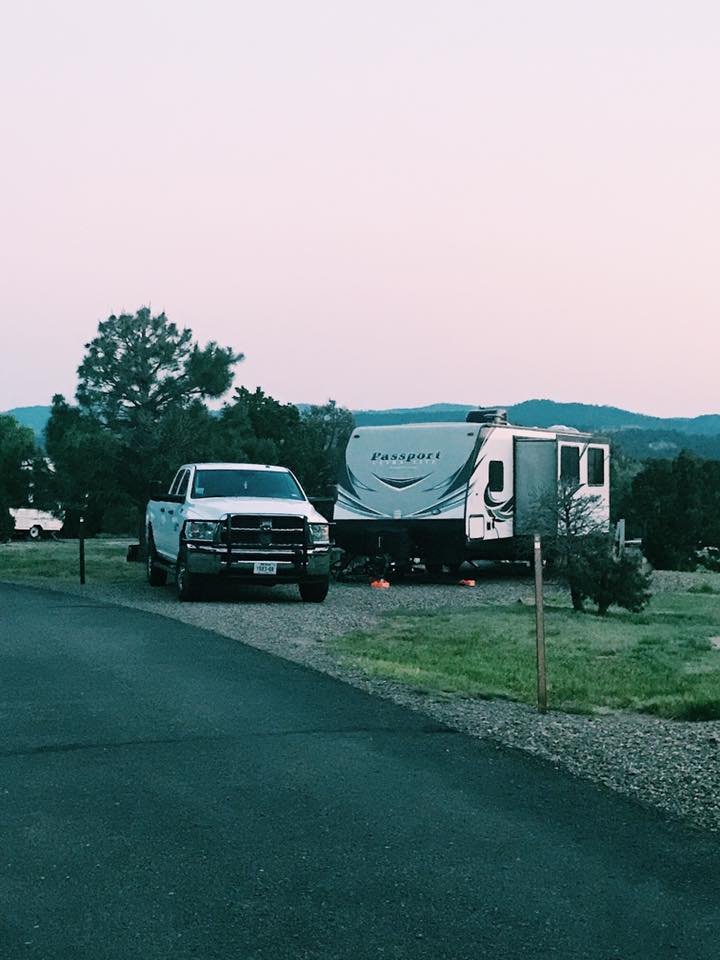
Cost-Cutting Tip #5: Equip Your Rig for Major Boondocking Opportunities!
Okay, I think I saved the best for last.
But first of all, we have to make sure that you are aware what I am talking about when I say “boondocking”. You can start right here with my boondocking post so that we are on the same page. Good? Okay.
This is big folks, because if you are equipped to boondock, even for a few nights at a time, you have so many other options available to you that will save you some serious cash.
In my opinion, the “Killer Combo” for full-time RVing adventures (which I plan to have in place on our next go round) is an upgraded Thousand Trails membership and the ability to boondock extensively. With these two pieces in place, your ability to control your costs on the road skyrockets!
But for me, this goes way beyond the savings aspect. This is about FREEDOM. Freedom to explore, to get off the beaten path, to encounter beautiful people in fascinating places that you never would have discovered.
And one of the best ways that I can think of to take advantage of this freedom that boondocking offers you is through a Harvest Hosts membership, which I discussed in detail in this post.
Hands-down, Harvest Hosts is the most unique and fulfilling membership opportunity available today for full-time RVers. You owe it to yourself to explore the option and find out firsthand.
Saving Money is Great, Experiencing Freedom is the Goal
Find every way you possibly can to fully experience the unmatched freedom that full-time RV travel offers you. Some of that freedom will absolutely open up to you with increased savings through considering these five tips I’ve shared.
But at the end of the day, you could save all the money in the world and still miss out on the freedom that you are pursuing. Don’t miss that important point as you journey.
Now get out of here, put your phone away, get outside and soak in the goodness.
And by all means, keep on TREKKN!
PIN THIS
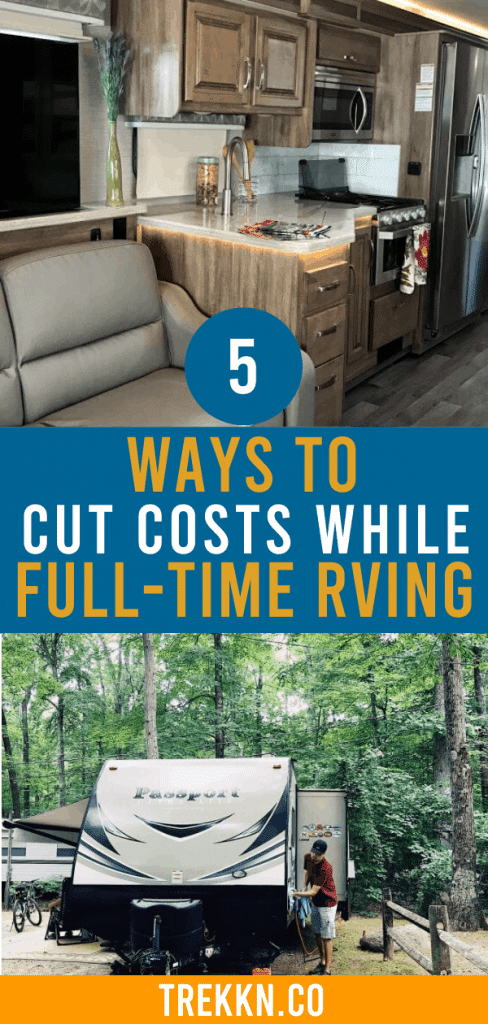
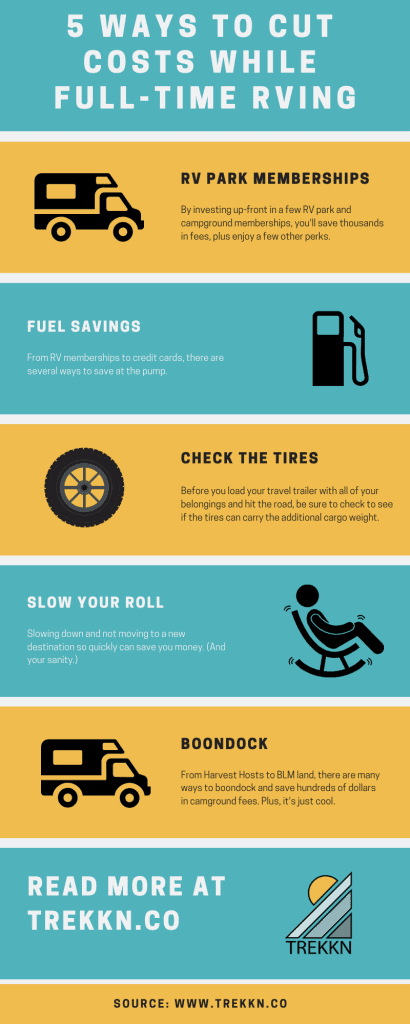

Todd loves a competitive game of table tennis, a breathtaking hike, and exploring new places. He lived and traveled in an RV with his family as they traveled throughout much of the US and parts of Canada. Todd has extensive knowledge about RV travel, safety, and accessories and has shared many of his stories here on TREKKN. When he’s not busy launching and building small businesses, you may find him staring at pictures of Glacier National Park (probably his favorite spot on earth).
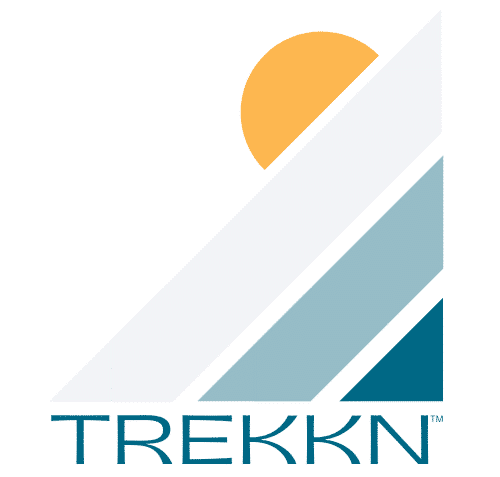

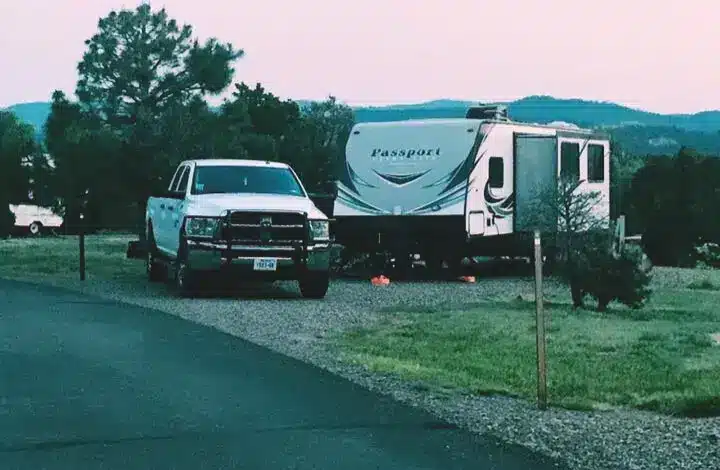
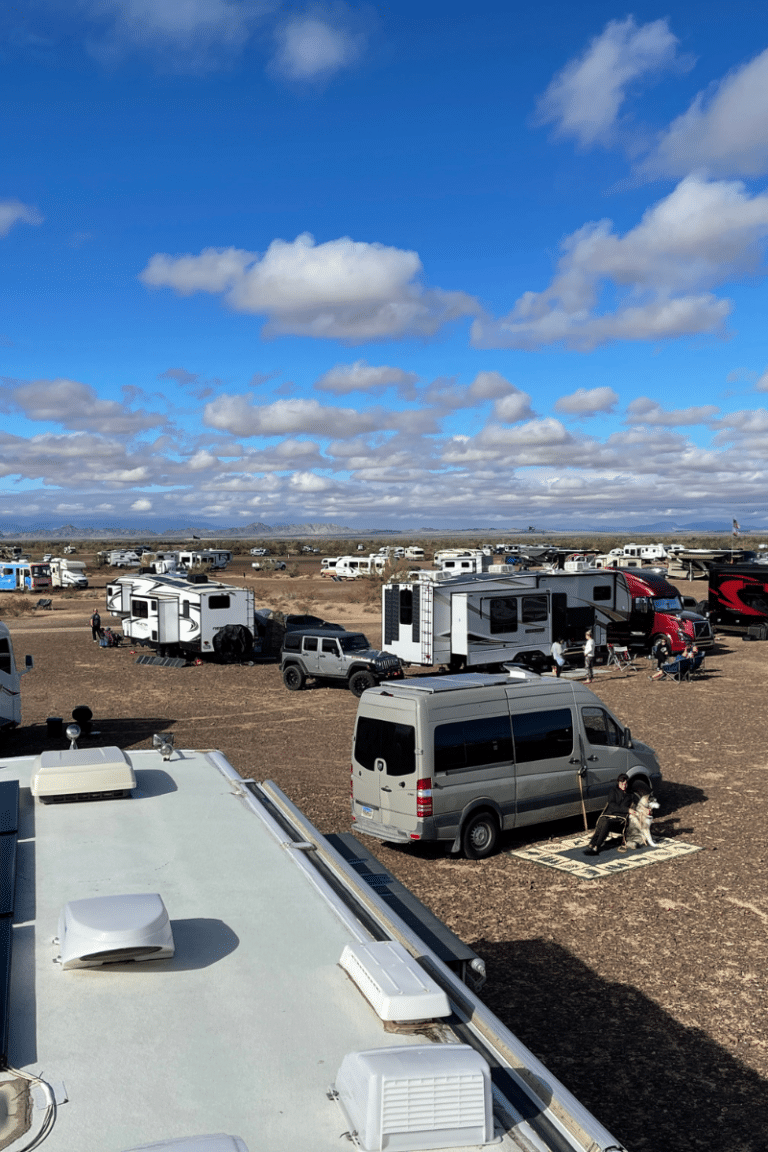
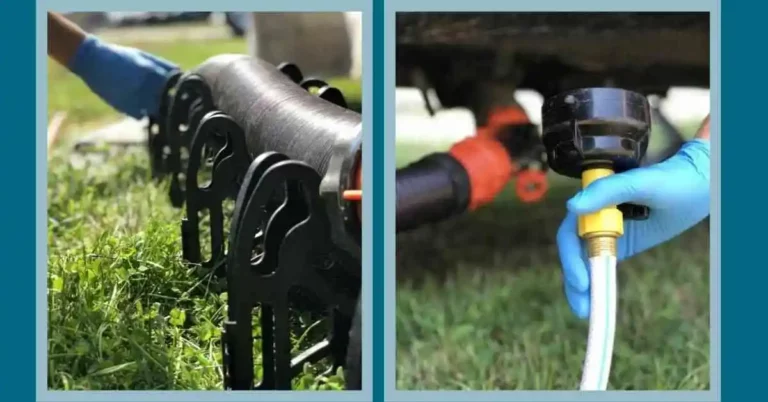
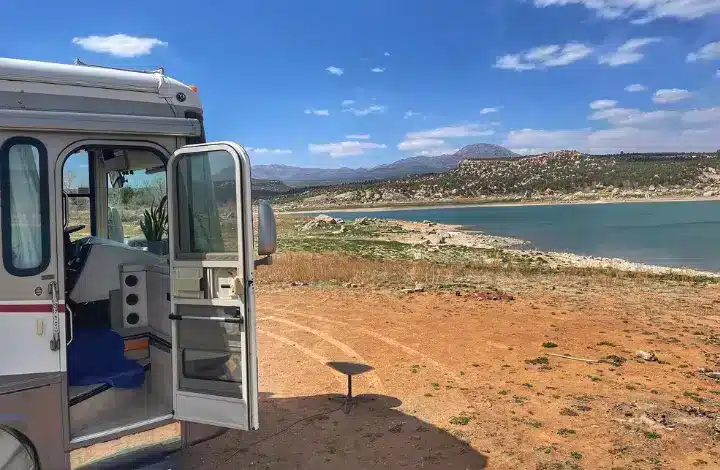

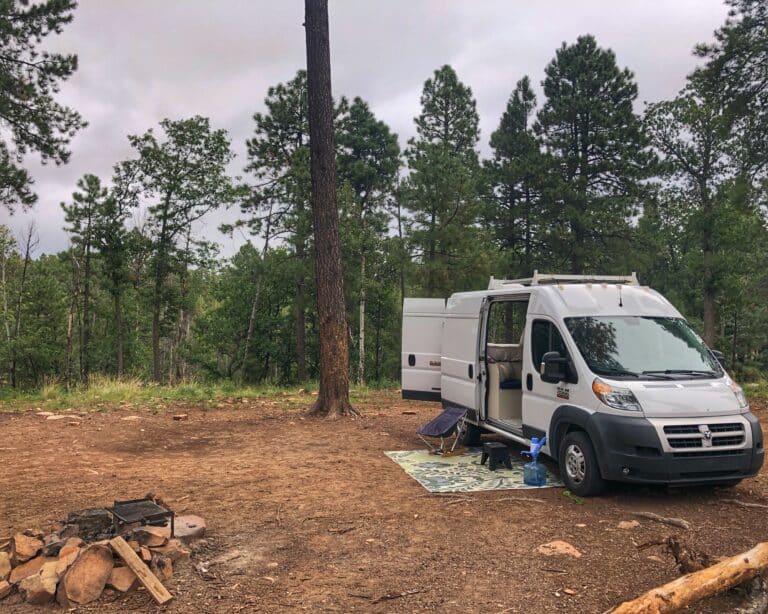
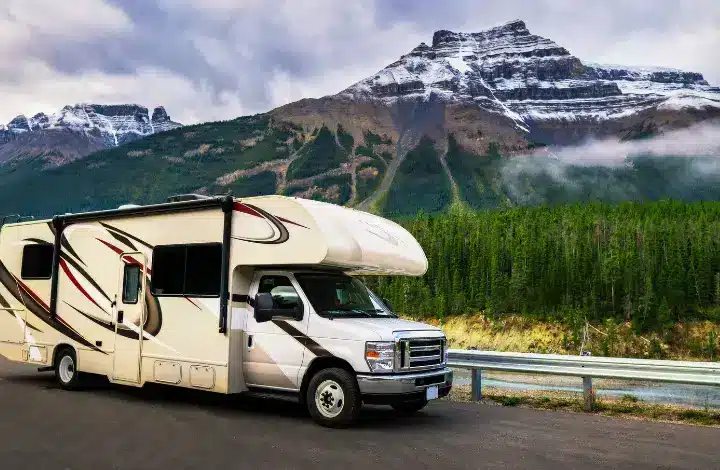
We are retired, so not traveling with teens. One of the biggest savings for diesel fuel has been the addition of a 60 gallon tank in our truck bed. We are not “forced” to buy fuel at a truck stop when we are on the road for a day. We can buy fuel when we are unhooked, the trailer at a campsite, and the truck can go wherever. We do not take our 38′ trailer into many gas stations, they are too small.
Our second tip is to overnight in truck stops, we do not try for a Walmart anymore, too many restrict overnight stays & are not near the highway. That is 30 to 45 dollars we save while moving from place to place.
Third tip you mentioned, longer stays. The rates are often much more reasonable by the week or expecially the month, usually your electricity is added at the end of the month. The amount of electricity used is something we control somewhat. We will stay in an area and take day trips for sightseeing.
Those are some great tips you shared! Thank you for adding your two cents to help us all save a dime while we are out there adventuring. Those “one-nighters” while you are on the move can definitely add up fast, no doubt about it.
Peace and happy travels!
Can I give you a tip? Please don’t use acronyms in your posts. Not everyone knows what they mean. I had to look up FOMO. I’m old; I admit that. And I’m happier not being on social media so I am (happily) not aware of all these new acronyms. You could lose followers because of it.
That said, I enjoyed the post.
We will work on that, Jacie. Thanks for the tip. 🙂